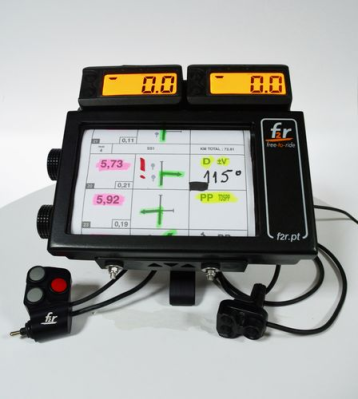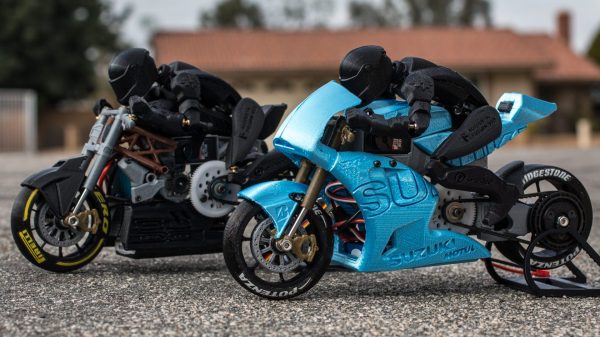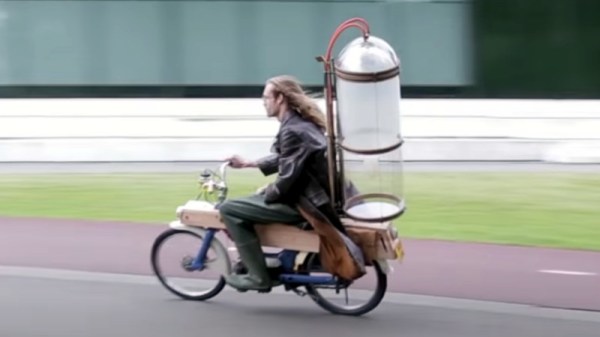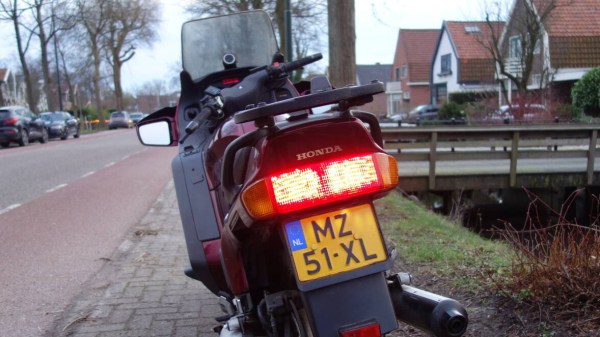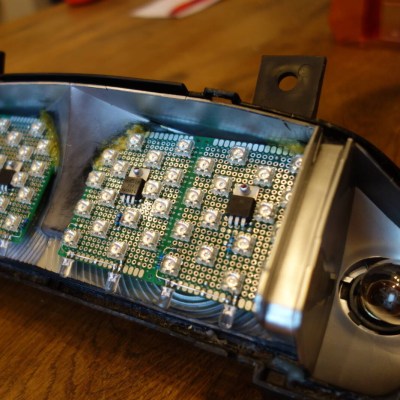Doing the rounds among motorcycle enthusiasts for the last week has been a slightly unusual machine variously portrayed as running on water or sea water. This sounds like the stuff of the so-called “Free energy” fringe and definitely not the normal Hackaday fare, but it comes alongside pictures of a smiling teenager and what looks enough like a real motorcycle to have something behind it. So what’s going on? The answer is that it’s the student project of an Argentinian teenager [Santiago Herrera], and while it’s stretching it a bit to say it runs on sea water he’s certainly made a conventional motorcycle run on the oxygen-hydrogen mix produced from the electrolysis of water. The TikTok videos are in Spanish, but even for non-speakers it should be pretty clear what’s going on.
It’s obvious that the bike is more of a student demonstrator than a road machine, as we’re not so sure a glass jar is the safest of receptacles. But the interesting part for us lies not in the electrolysis but in the engine. it appears to be a fairly standard looking motorcycle engine, a typical small horizontal single. It’s running on a stoichiometric mix of oxygen and hydrogen, something that packs plenty of punch over a similar mix using air rather than oxygen. It would be fascinating to know the effect of this mixture on an engine designed for regular gasoline, for example does it achieve complete combustion, does it burn hotter than normal fuel, and does it put more stress on the engine parts?
You can see something of the bike in the video below the break, and there are a few more videos in his TikTok account. Meanwhile this isn’t the first teenage motorcycle project we’ve featured.



